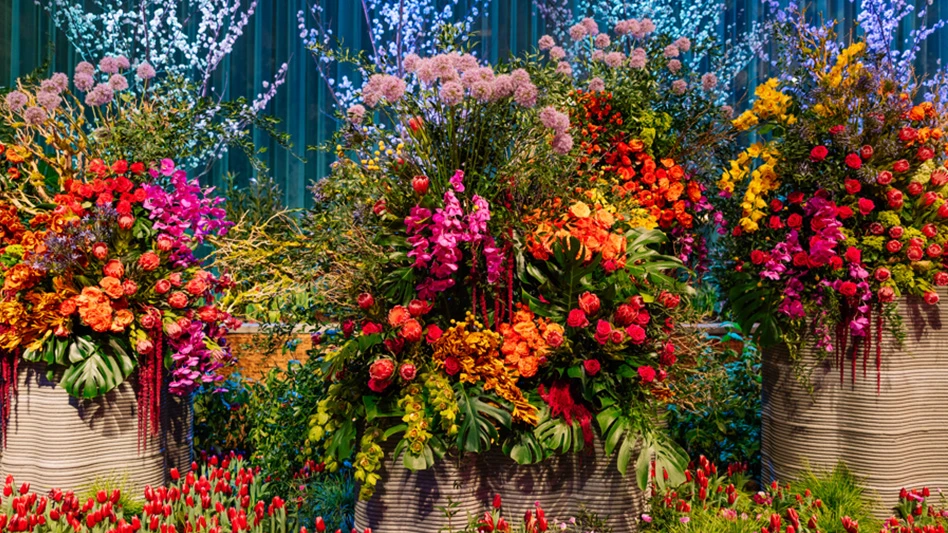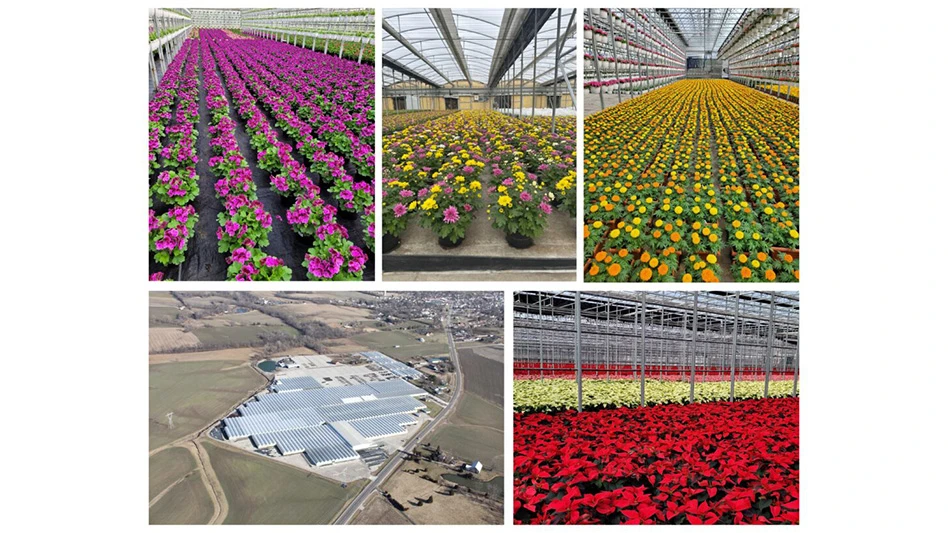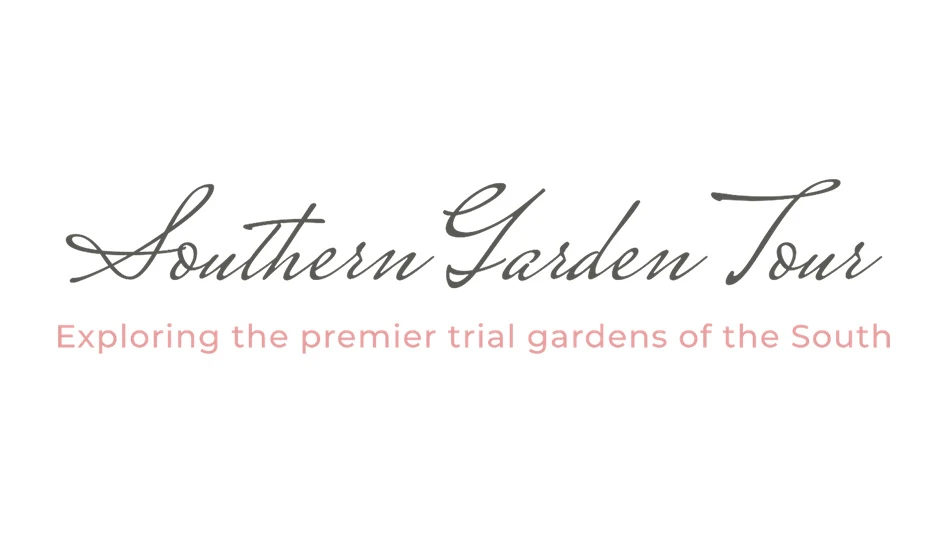
While landscape contractors and plant suppliers rely heavily on each other’s success, their relationship isn’t without imperfections. Often, the culprit is a breakdown in communication.
For a landscape contractor, the key to a client’s dream backyard oasis lies in the health and quality of plants. Plant suppliers, aware of this, strive for on-time deliveries to avoid project delays. A strong working relationship ensures smooth project execution, plant quality and competitive pricing — a win-win for both businesses and, ultimately, happy clients.
However, there’s still distance between supplier and contractor and a need to bridge the gap. We spoke to industry professionals on both sides to identify the major challenges plaguing this symbiotic partnership and explore solutions that foster mutual growth and success. Let’s delve deep into this crucial yet sometimes fragile partnership.
The landscape contractor's perspective
Miles Kuperus Jr. is the founder and CEO of Farmside Landscape & Design, a 35-year-old family-owned business in Wantage, New Jersey, that provides full-service residential and commercial landscaping, design-build and snow and ice management services. On average, Farmside does around 75 design-build projects annually.
Greenhouse Management: What are the most challenging aspects of working with greenhouse and nursery suppliers?
Miles Kuperus Jr.: To be honest, I have a great working relationship with our supply line. We work with a wholesaler who secures quality plant material and has it all ready for the job.
The one issue that does happen is making sure they get the right varieties requested and to our quality standard. That’s not to say we don’t receive very, very good plant material. But if there is an issue out there, I would say making sure we have good quality plant material coming into our job sites.
GM: What makes the relationship with your supplier so great?
MK: I place my orders a few weeks before the projects are out there, so they’ve got plenty of time to secure it. It’s on us to make sure that we have good communication. We can’t just show up to the nursery and expect them to take care of us. We must make sure there’s advanced information there.
However, sometimes, we’re so good at [advanced planning] that they take our inventory to satisfy another job, and that’s usually a [frustration] factor that will happen. But overall, they realize we’re a good client, and they make sure we’re taken care of and are meeting our needs.
GM: Discuss the two areas you said could improve: having the requested varieties and the correct quality to fulfill your obligations to your landscape clients.
MK: We make sure we are very specific about the type of variety that we must have for a [design/build] project. And we talk it through with the nursery that if there has to be a substitution...and we can’t be unreasonable, as well — it has to be an appropriate equal. We’re a design-build firm. So, we do have some lateral movement in how we conduct ourselves, but our clients rely on us to ensure we get it right [when it comes to plant selection].
GM: Are you relying on a plant supplier who can consistently provide plant varieties or offer new varieties, too?
MK: Oh, we’re always looking for the new and exciting. I frequent the botanical gardens, looking at new varieties of plants and how I can work them into clients’ plans. So, if there’s a relationship that I’d love to see with the nurseries, it’s showcasing unusual plant material and showing us new varieties that we can improve our landscape designs with.
In fact, at our facility, we developed a sophisticated demonstration garden for our clients and our team on how to care for the plant materials we use. It’s designed to teach, and it’s also designed for us to learn from. We’re building a client experience. So, we’re experimenting with different annuals and planting arrangements that will excite our customers.
Right now, we’re doing that on our own dime, but we’d love to see a collaboration with the nursery and the folks who are developing the plant material. That way, we could work with a new variety, get introduced to it and see how it performs at our facility before using it and applying it to the client’s project.
GM: What education would you like from plant suppliers? Or do you feel plant education is on you?
MK: Ultimately, the plant supplier will have more resources than we do. So, if we’re showcasing a plant for a client, and [that client] researches the plant online, [that information] may not match up with what we’re looking at for their project. But a good plant supplier can help us show [the client] best practices, good plant massing and how those plant masses collectively come together. That’s beneficial for our clients to experience. That collaboration [with a greenhouse or nursery] on how to use these plant varieties correctly will really go a long way toward client satisfaction.
GM: What's your preferred method of communication with plant suppliers: a face-to-face meeting, or an informative email or text?
MK: It’s a combination of all the above to create meaningful communication. Today, you can over-communicate to a person, but I receive the most value from meaningful communication. I’ll give you an example of valuable, tangible communication. A plant supplier will send us a card in the mail of a new plant variety that’s coming out. We’ll keep those cards to reference them so we can experiment with those new varieties for future projects. We also receive magazines from suppliers that we find inspiring and are great resources to overcome creative blocks when working with clients to come up with original ideas and planting concepts.
GM: How important is pricing in your plant supplier relationship?
MK: It’s definitely a factor, but it’s not a controlling factor. I want quality plants, and I’m willing to pay a price for them. That said, if I’m buying 100 boxwoods, then I want some consideration [from the supplier] on the pricing due to the numbers.
GM: How critical is availability in that relationship?
MK: A couple of years ago, [availability] was a big pain point for landscape contractors. However, since COVID, this issue has relaxed, and it’s not much of an issue anymore with supply lines.
GM: Do you prefer a plant supplier who is just a vendor, or are you seeking a collaborative partner?
MK: Again, I feel this responsibility [for clearer] communication falls more on me than on my plant supplier. I’ll call him up and say, “Alright, here’s my job; where are we with our supply lines?” And they respond, “Yes, we’ll have these off for you by Tuesday, but those other plants won’t be ready.” So then I adjust my schedule. Based on the supply lines, I must be proactive as I’m scheduling it. So, I really feel it’s more on us. But the big thing is, when he gives me a go date, then it’s really important for me that he delivers.

The plant supplier's perspective
Throughout his 25-year career, Brett Jones has worked in various aspects of the horticulture industry. Jones is the senior director of category management (nursery) at Roswell, Georgia-based SiteOne Landscape Supply. As a distributor, SiteOne operates as the go-between for the landscape contractors and the growers.
GM: What do you see as the most challenging aspect between contractors needing plant products and the greenhouses and nurseries trying to supply them?
Brett Jones: It’s the planning side of things. Nobody grows anything on spec anymore. So, you’re not out there seeing thousands of extra plants or anything. They’re all growing to a number. And when you look at what a grower needs to put something in the ground, they need to know a year in advance, two years in advance, three years in advance, depending on the size of things.
In many cases, the growers who are out there are making guesses of what their inventory should look like when they’re growing an item like a 15-gallon shrub that takes three or four years. They’re making decisions long before they’ll ever get any information from a customer on what they need. That’s risky. That’s a scary prospect for a lot of these guys, who are very risk-averse.
So, they’re keeping their inventories small. Whereas if they could get that communication [from landscape contractors] and know ahead of time what people are projecting, we could really get to a much better industry at that point.
And that’s what we’re working on: long-range forecasting from three to five years out. We’re trying to give our key growers three to five years of forecasting ahead of time for what they could be putting in the ground [today].
GM: How do you build an accurate forecast profile for growers?
BJ: It’s not easy. We have a replenishment and forecasting system that is called Blue Yonder. It was originally made for convenience stores to stock gum, candy, chips and other things like that. But it’s widely used and one of the largest replenishment system software that is out there. About five years ago, SiteOne had them develop it to work for [the grower industry]. Now, it’s taken a long time for us to get there, and we’re releasing [in early August] a forecasting system for the nursery side that will look three and five years out.
As we take information from our branches, we’re looking at how things are trending and building forecasts off of that. It’s a very robust forecasting system built between Blue Yonder and SiteOne to get these numbers built out.
GM: How do you improve communication between landscape contractors and plant suppliers?
BJ: That’s the struggle across any industry I’ve ever worked in, whether on the nursery side, this side or the contractor side. It really doesn’t matter because communication is so critical to all of it.
We all think we communicate enough, but you never can communicate enough. So, we have a lot of meetings with our key suppliers and our key customers. We do a lot of surveys. We do a lot of business meetings. We have a huge sales team out there that is constantly working with our larger suppliers to get key information back, and then we forecast. We’re working with the grower side to transfer all that knowledge we got from the contractor to the grower to say, hey, this is what we’re seeing our trends being. This is what we’re seeing we need. This is what we see you guys need to grow.
It’s going to take a little while. We’re going to be in our first year of doing this forecasting. And, as you know, it takes three years to get a 3-gallon boxwood. So, it’ll take three years before this will really go into effect. But we’re going in that direction. That’s where we’re going to supply consistency and bridge that communication gap by being that middleman, taking the information from the contractor and feeding it back to the supplier.
GM: If I’m a grower dealing directly with landscape contractors, what questions should I be asking?
BJ: It’s understanding the landscape contractors’ production schedules and what it takes to get something to that end spot. Consider annuals, right, because that’s a real quick turn. You can grow an annual in six to eight weeks. If you’re working with that [contractor], they’re looking for what they’ve got to have for spring; you better be communicating with them and telling them, “Hey, if you need begonias, I’ve got to have those numbers by this date in order to get you the number you need.”
So, you need to sit down and establish expectations. Let that contractor understand what the production needs are so you can hit the goals that they have. That’s critical. If you don’t have those conversations, and [the contractor doesn’t] understand the process, then it’s going to be all over the board, and you’ll never get it right.
GM: From the contractor’s perspective, dealing directly with a plant supplier, how do I foster a more successful relationship?
If I had anything that I would suggest to a contractor, it’s communicate, communicate, communicate, communicate. This may seem like a little thing for the contractor, but it’s a big deal for any grower.
We talked about how it takes three years to do a boxwood, right? If I notice I’m not using as many boxwoods on my projects anymore, and now I’m using a different plant, you have to be on the front side of letting your supplier know. If not, they’re going to get hung out to dry with too much product because they’re planting it three years before you ever even think you need it.
There is nothing that I can speak to more highly than their need to become partners with growers and really communicate what’s going on in their business with that grower. I don’t think we do enough of that in our industry, period.

Explore the August 2024 Issue
Check out more from this issue and find your next story to read.
Latest from Greenhouse Management
- Terra Nova Nurseries introduces rust-free and disease-resistant heucherella
- John T. Nickel, founder of Greenleaf Nursery Co., passes away at 89
- Three tours offered at 2025 Farwest Show
- Garden Media Group announces sixth annual Women in Horticulture Week
- Star Roses and Plants announces National Knock Out Rose Day
- The Growth Industry Episode 4: How federal budget cuts are affecting horticulture nonprofits
- Green Gear: Greenhouse tech for predicting weather and nutrient analysis
- The thrips battle plan





